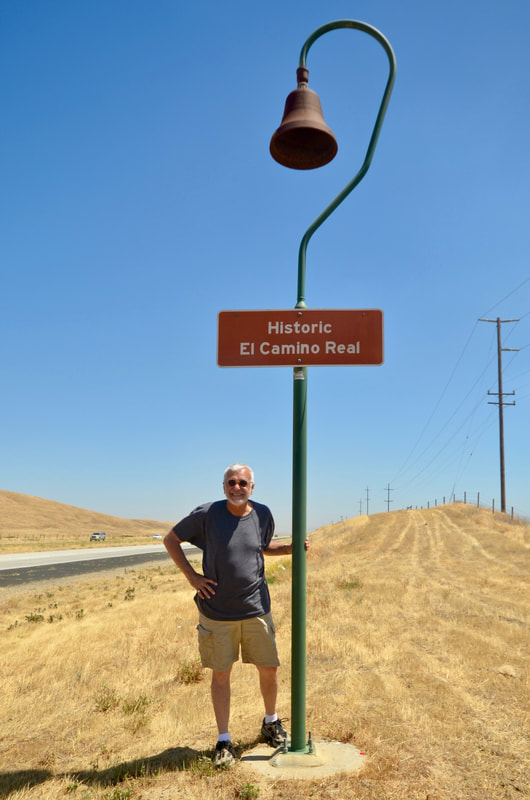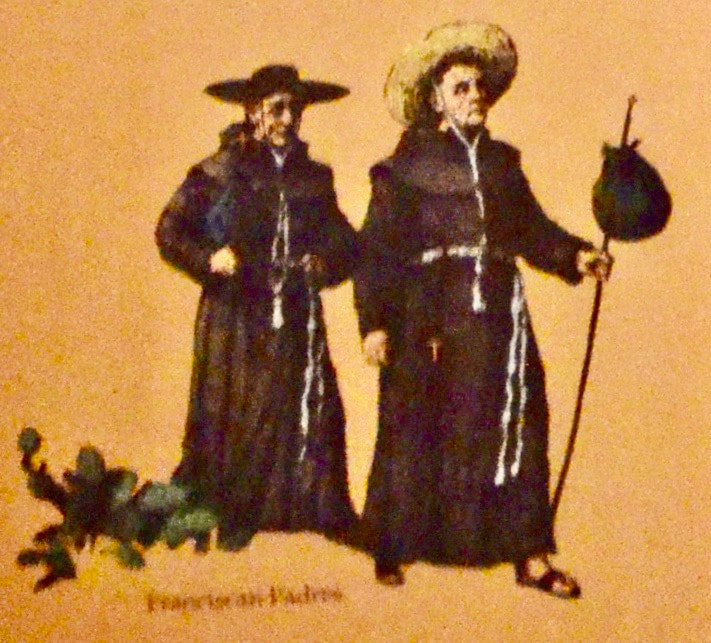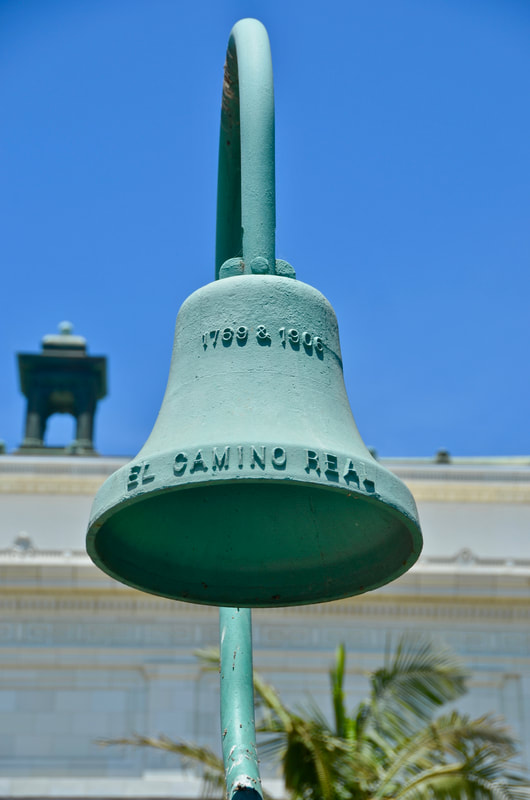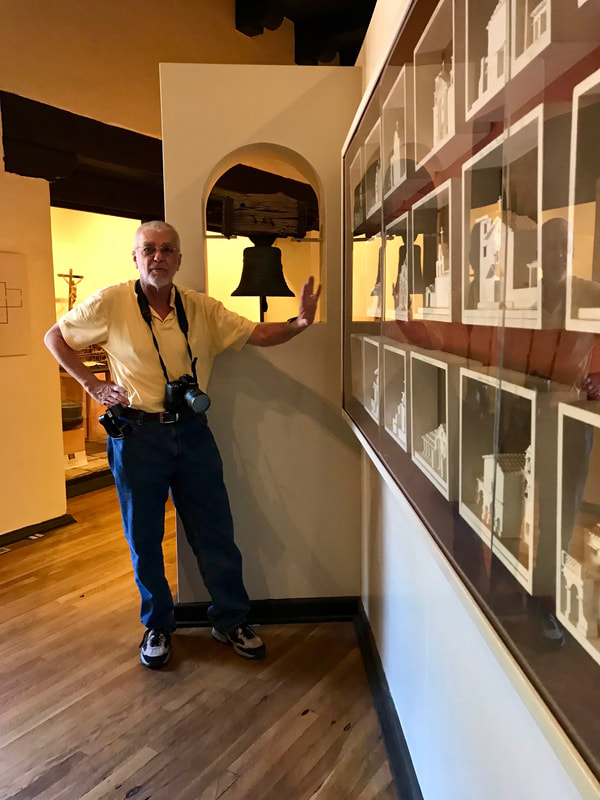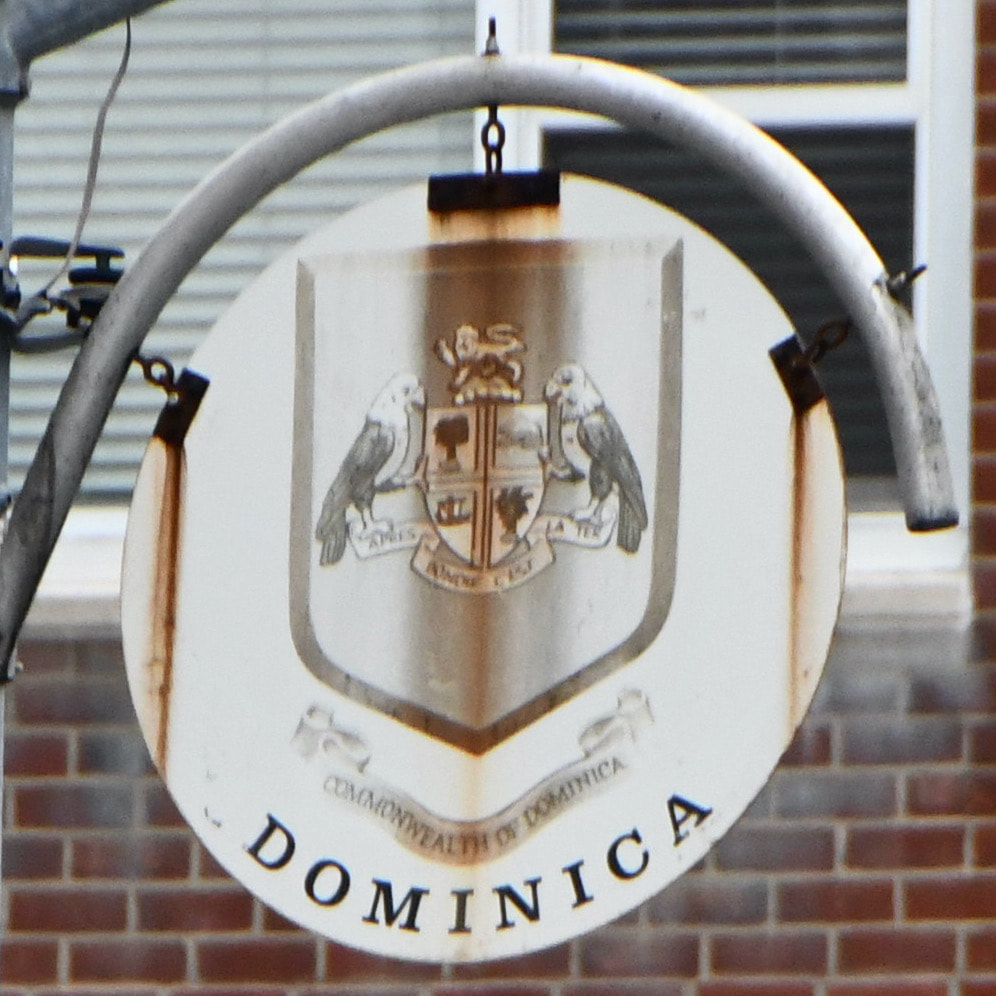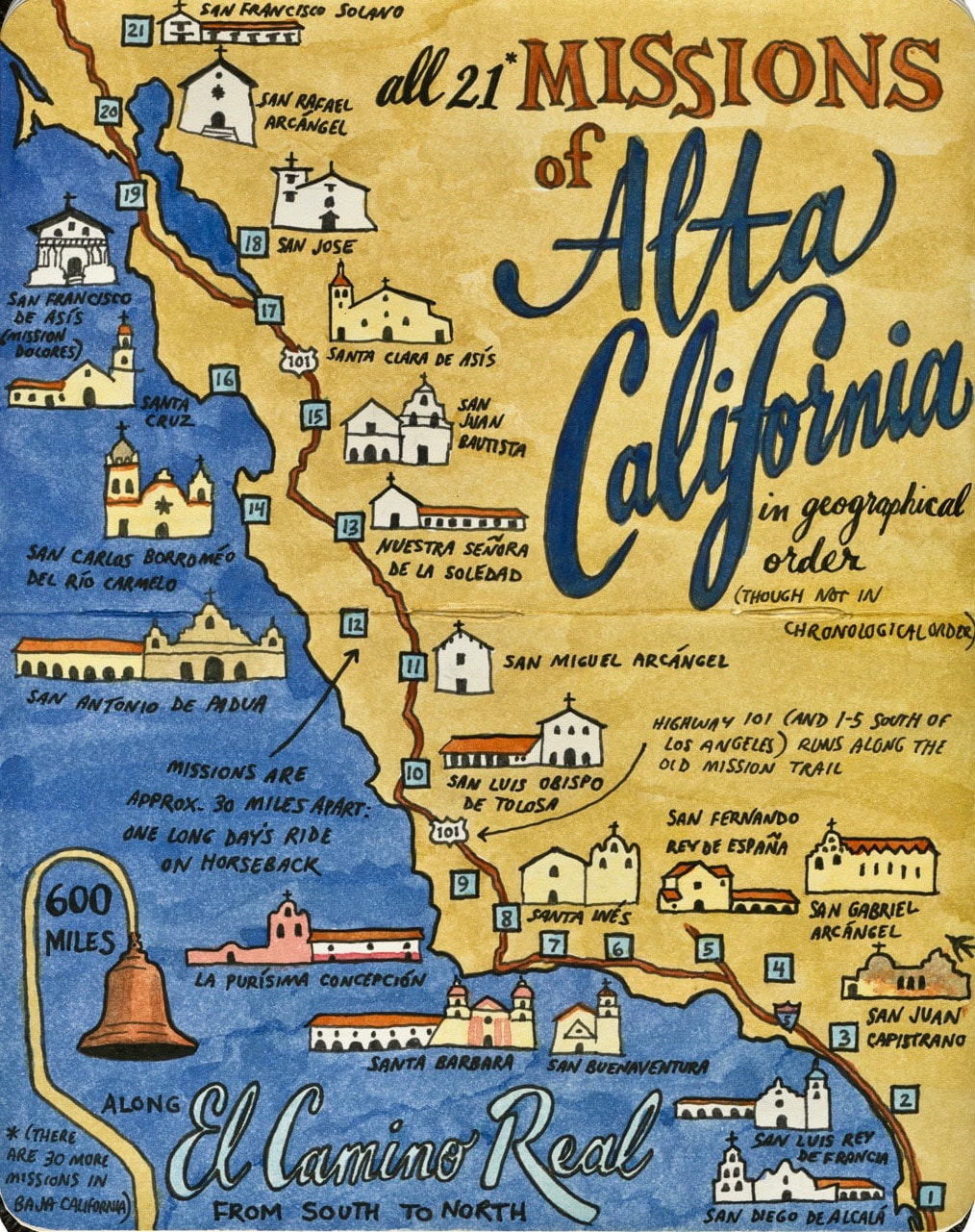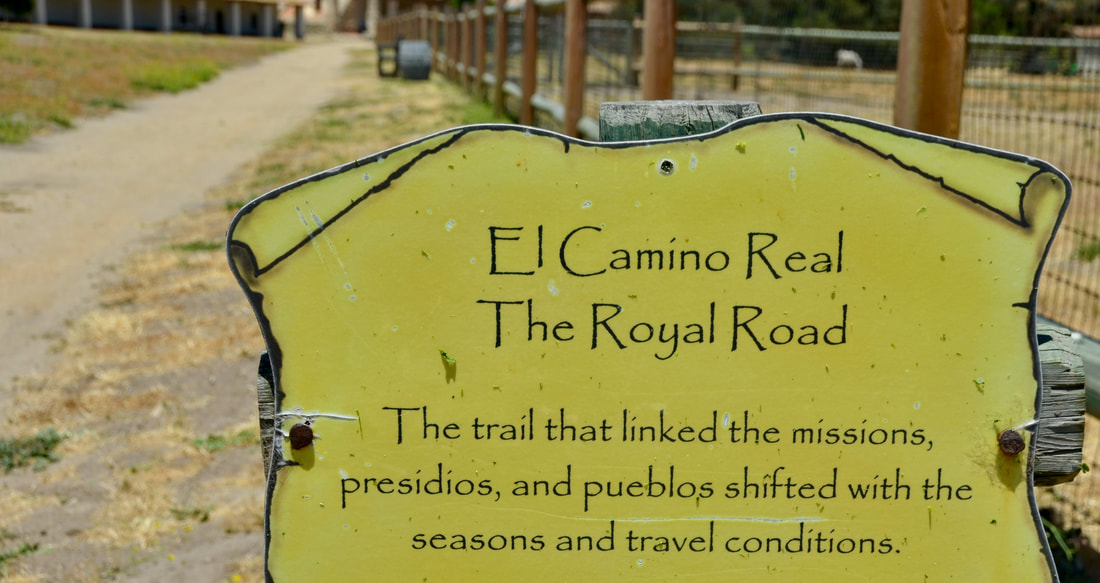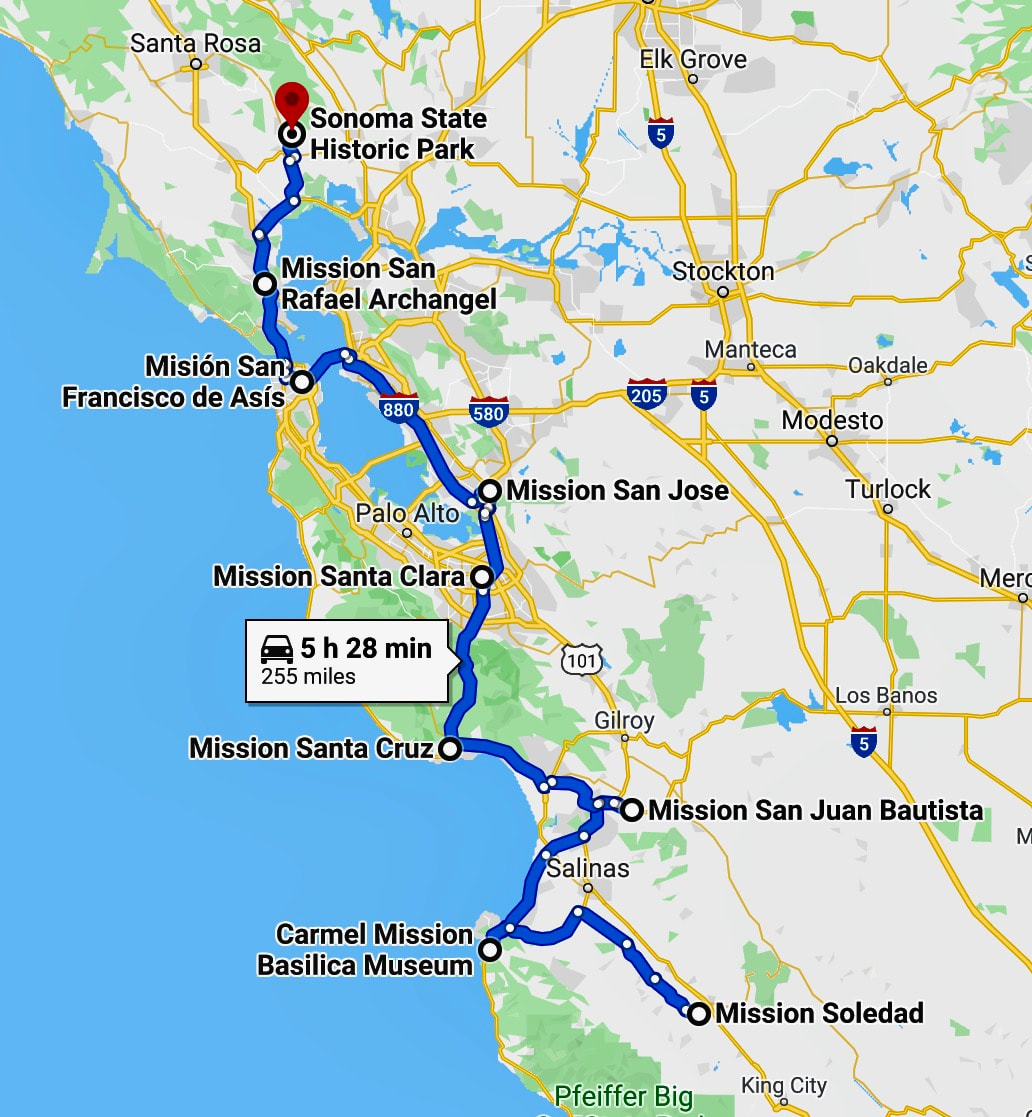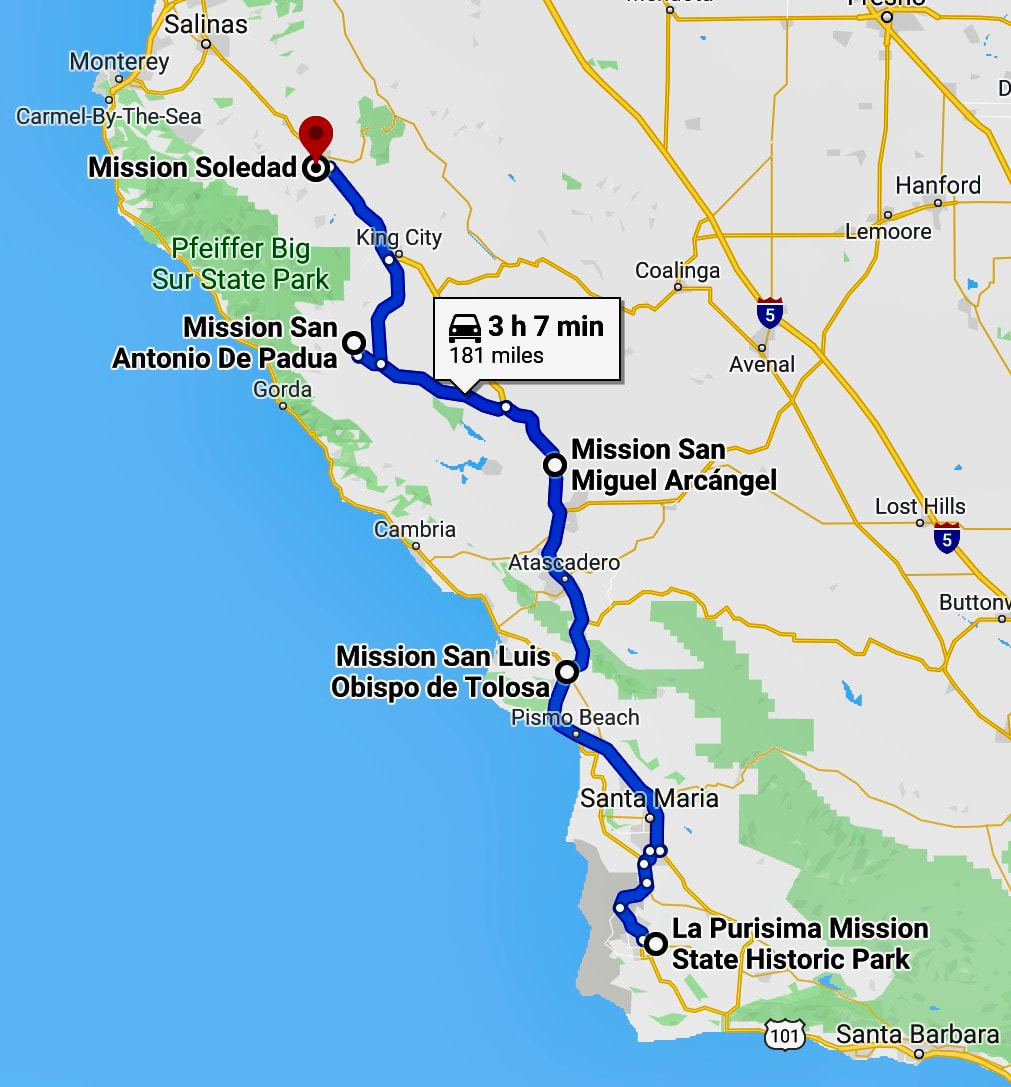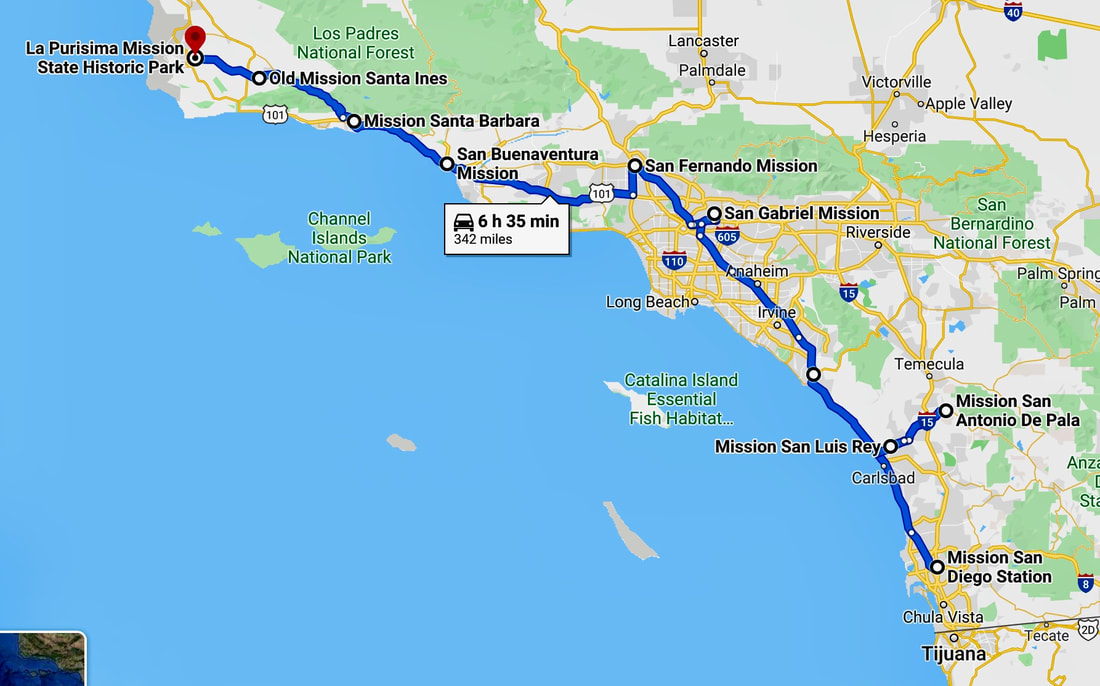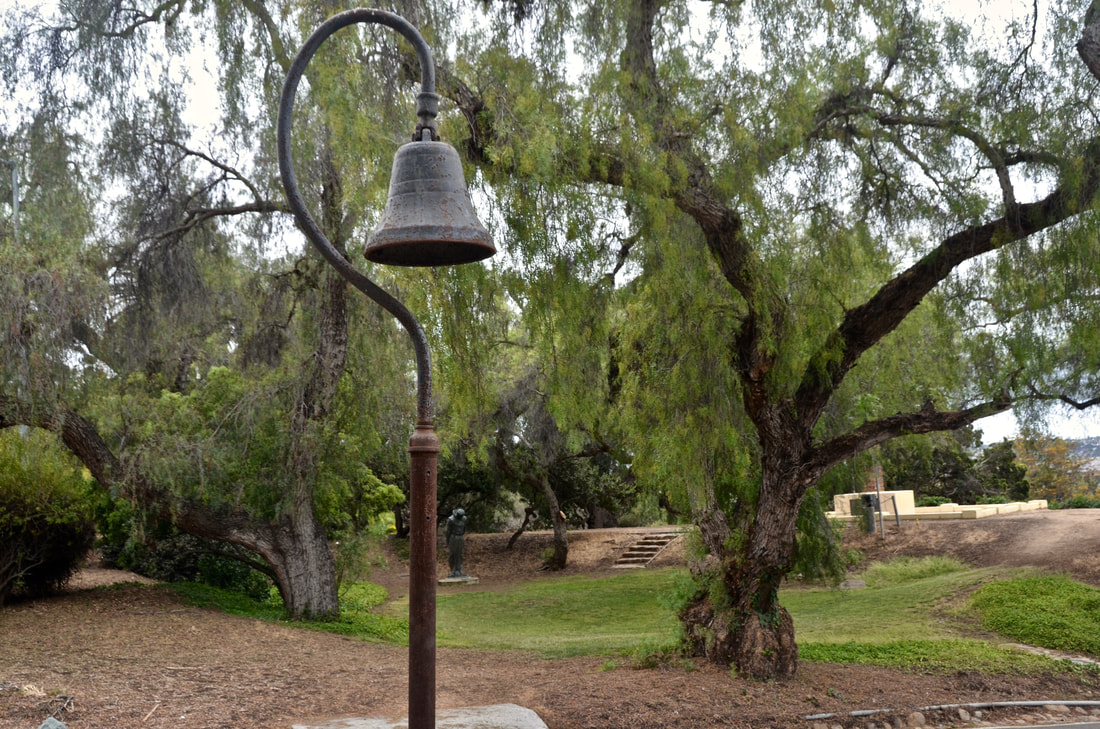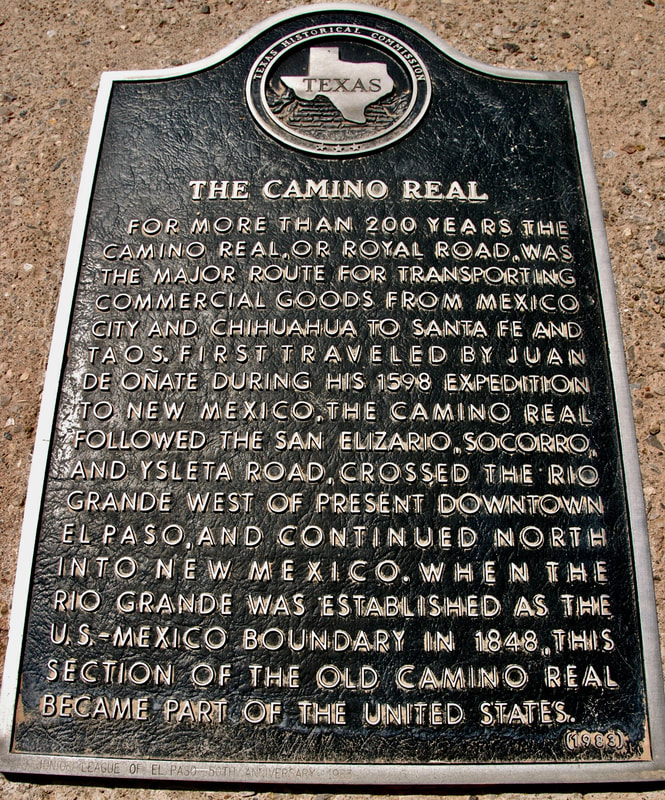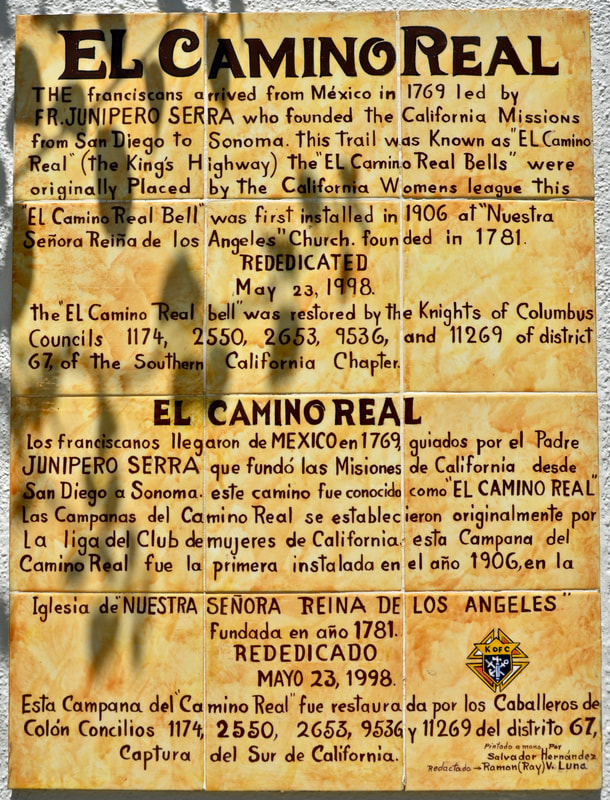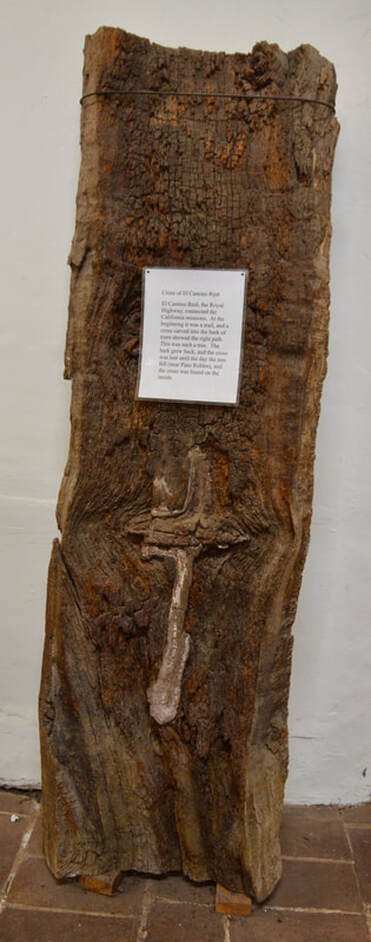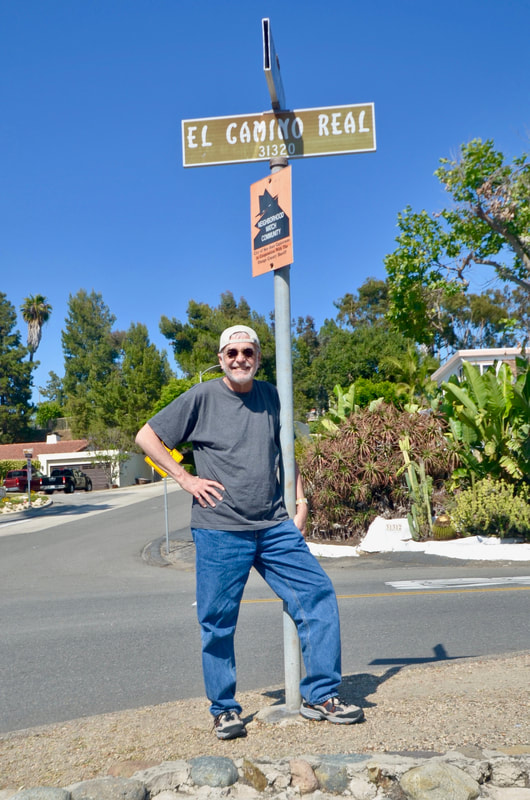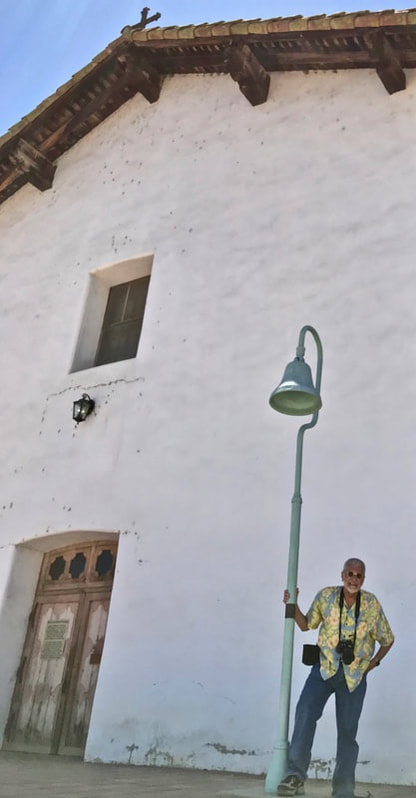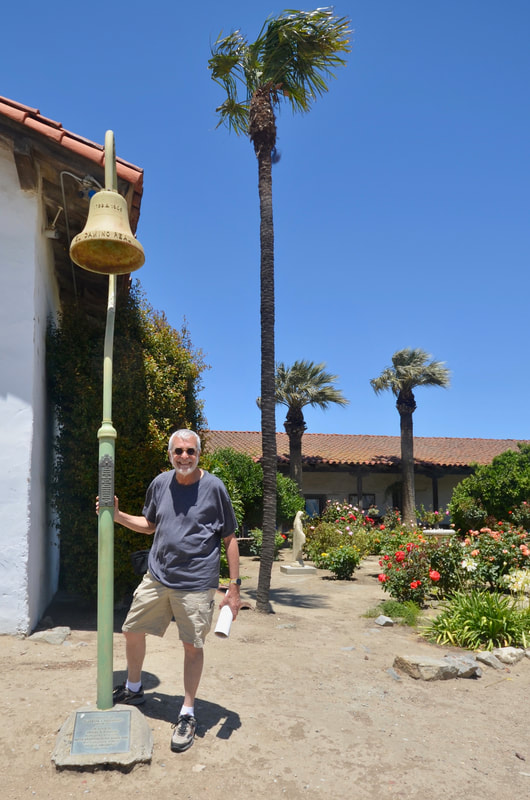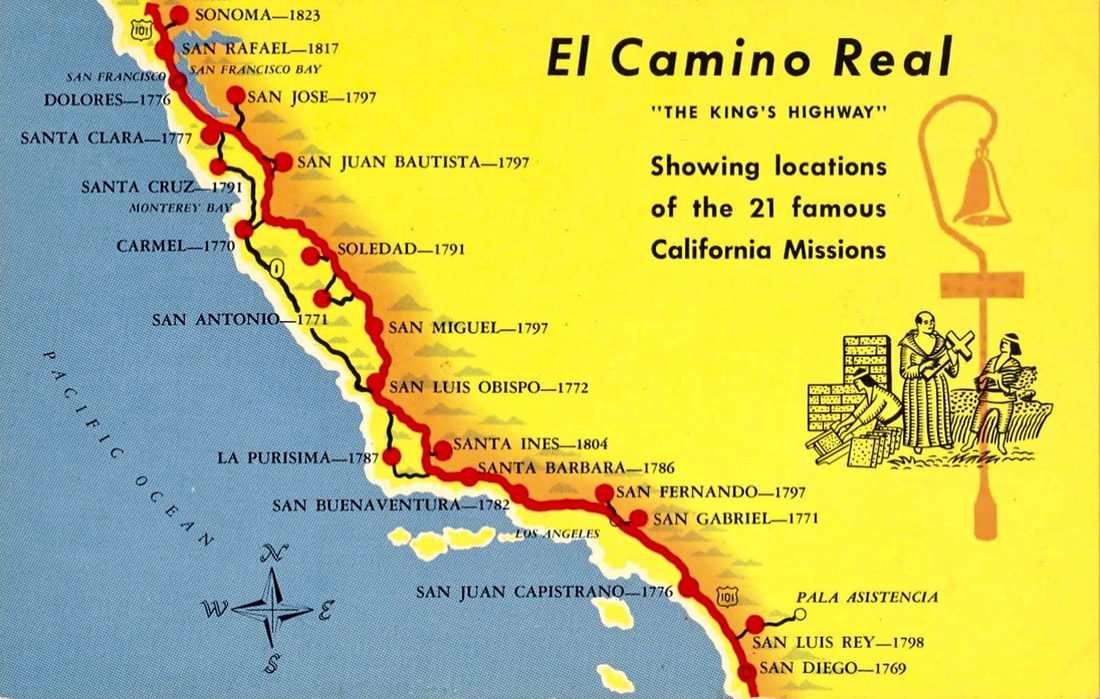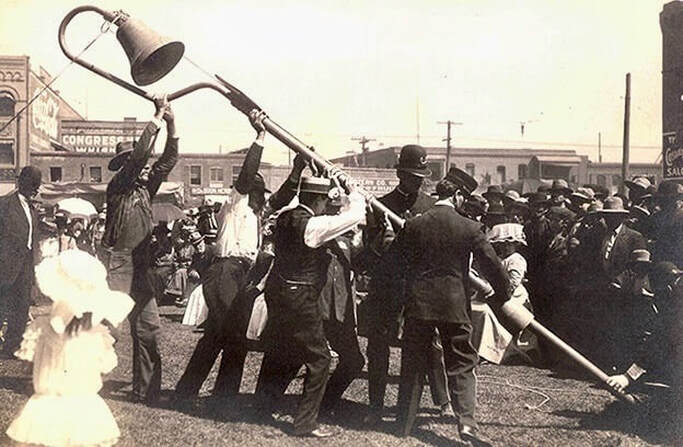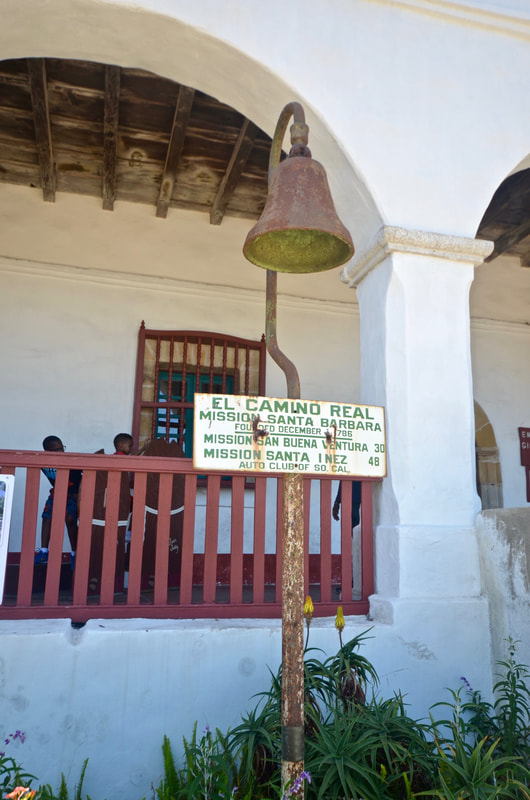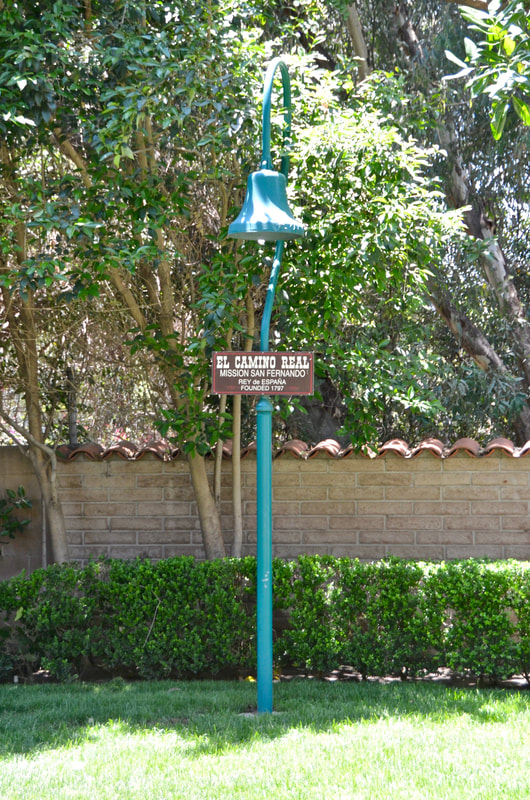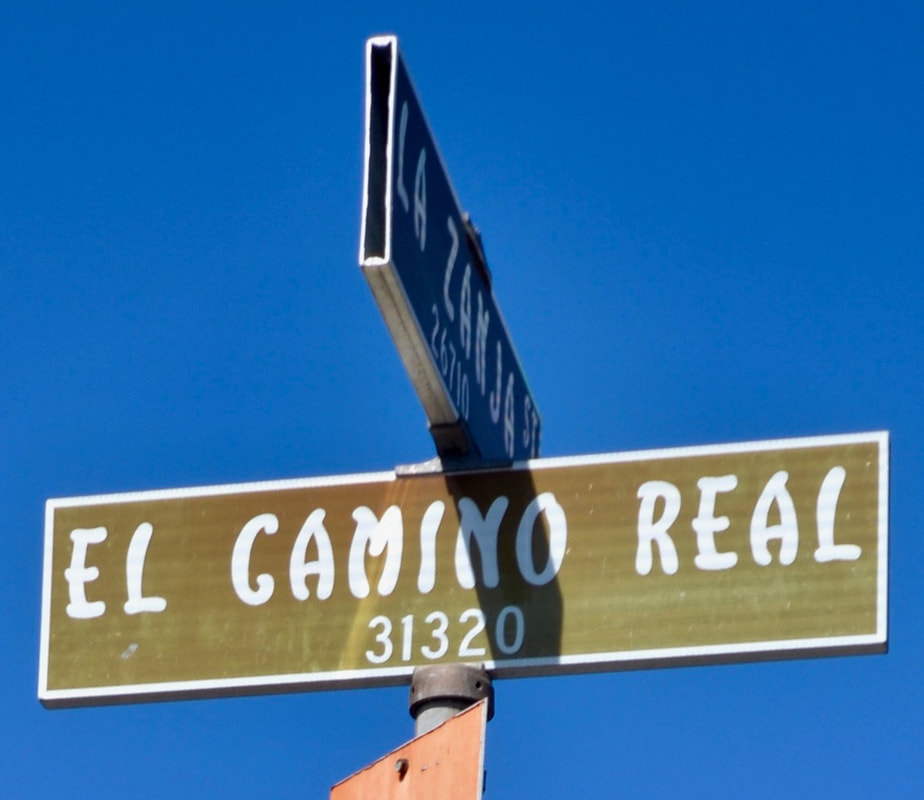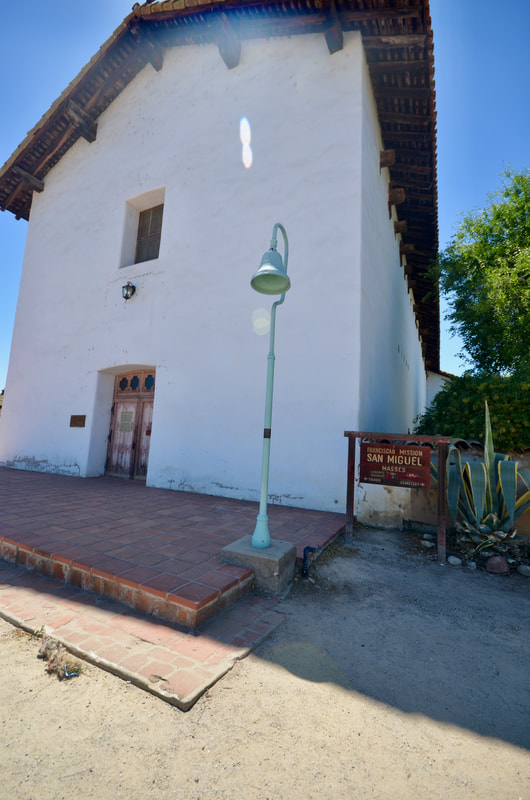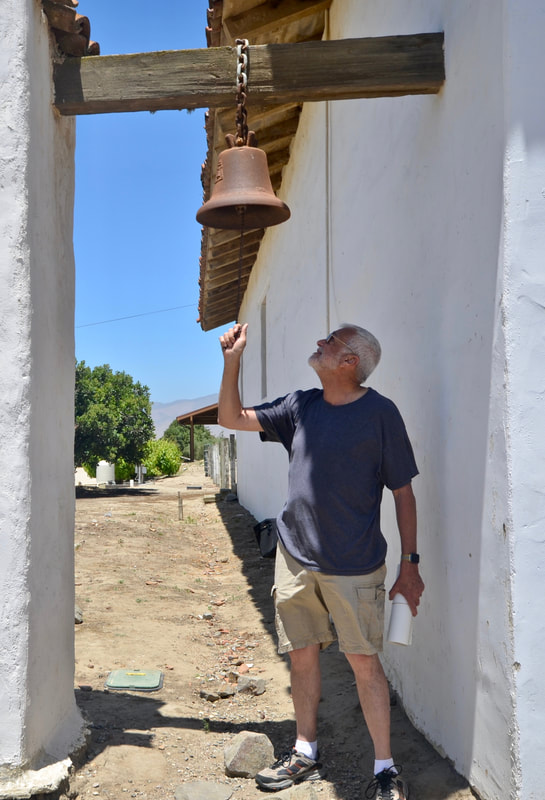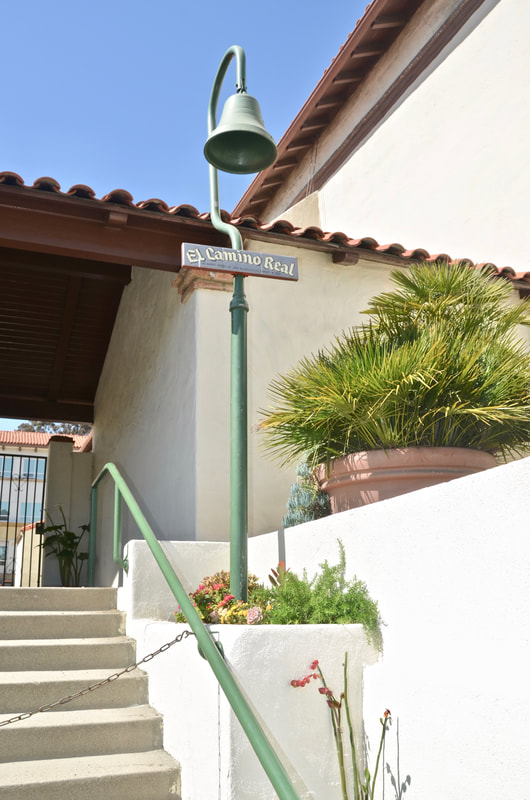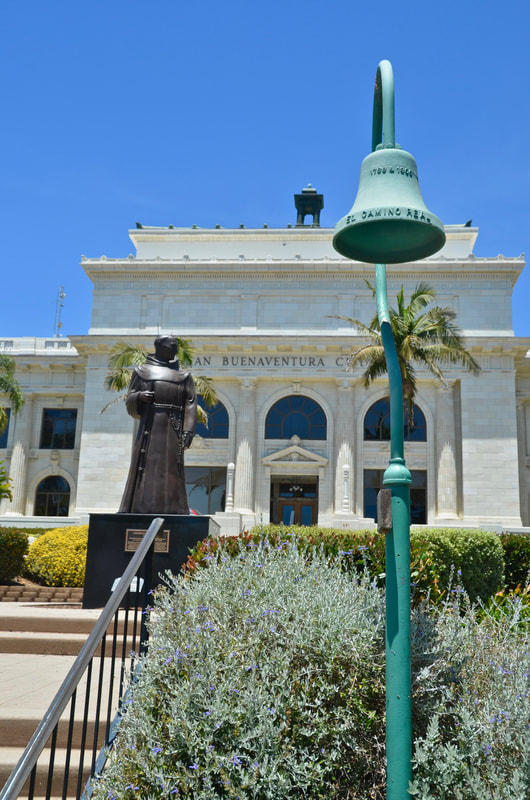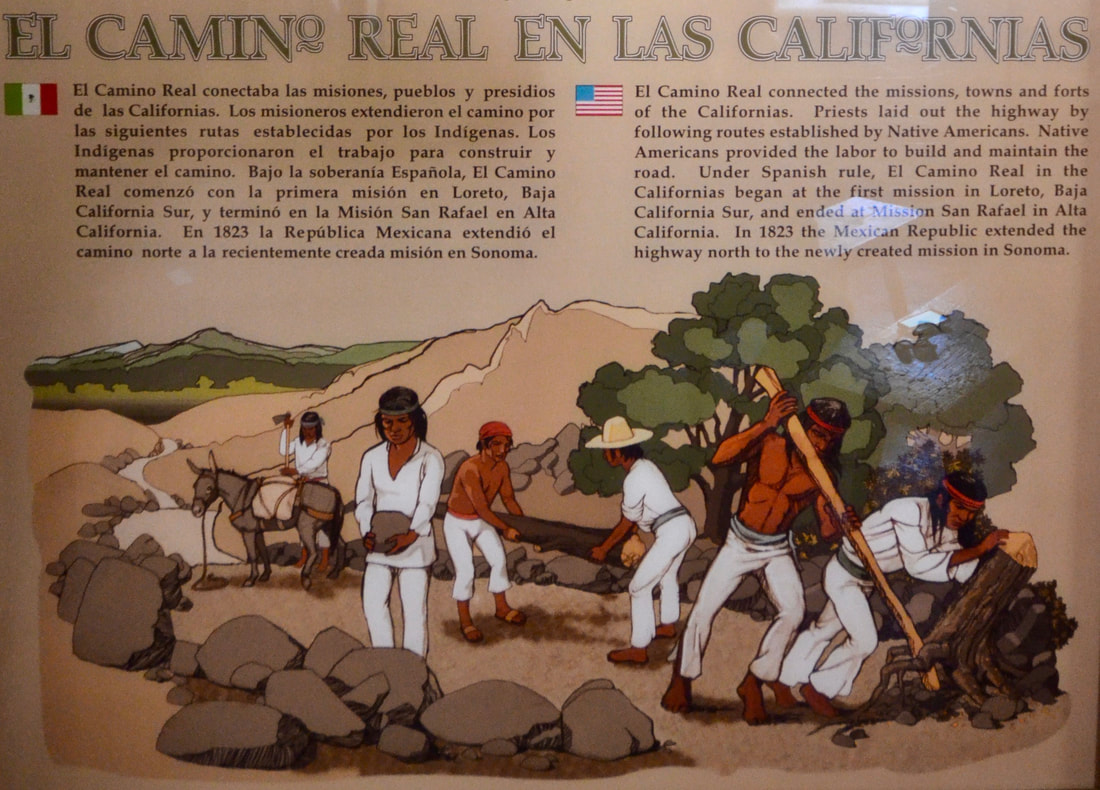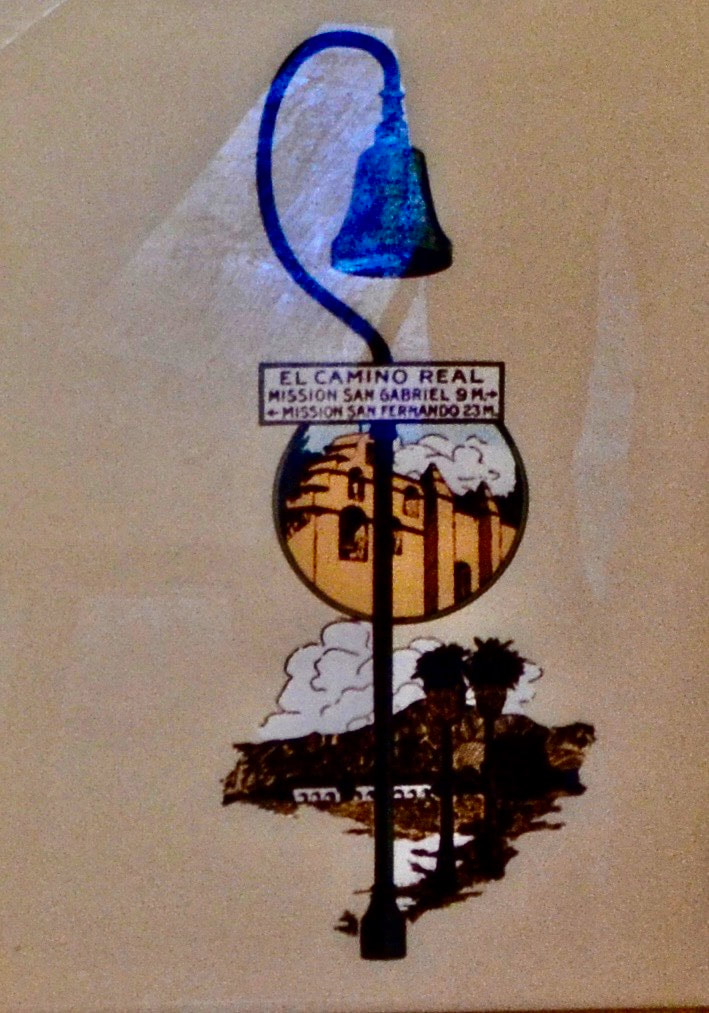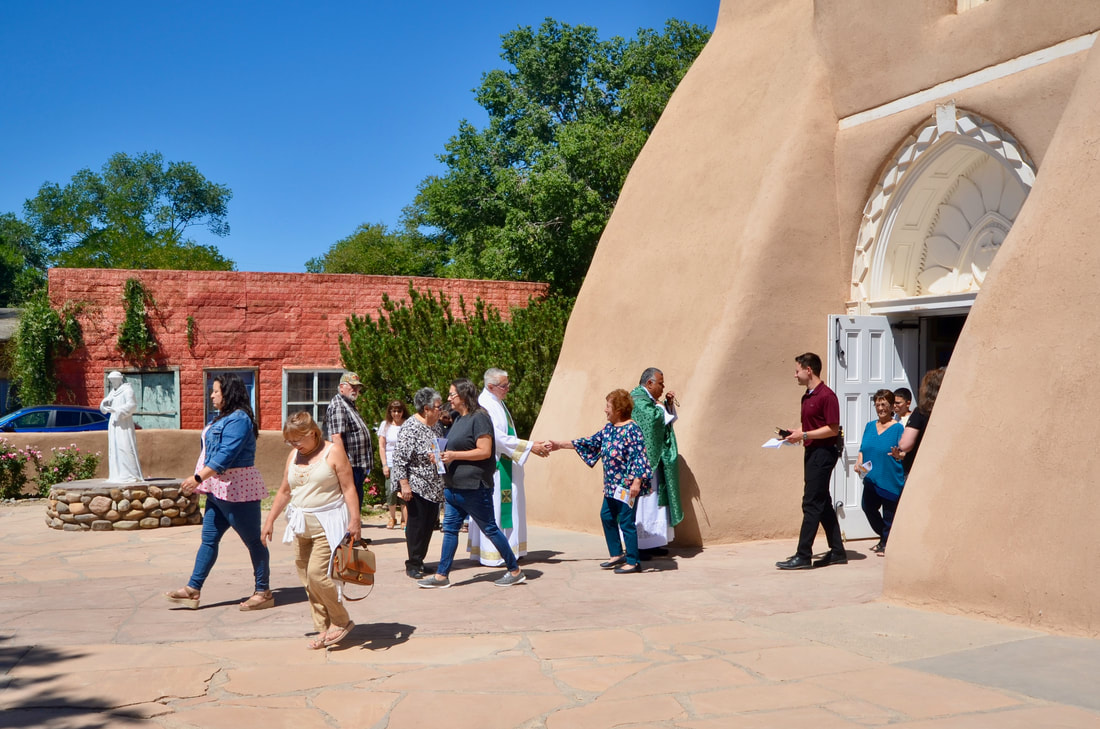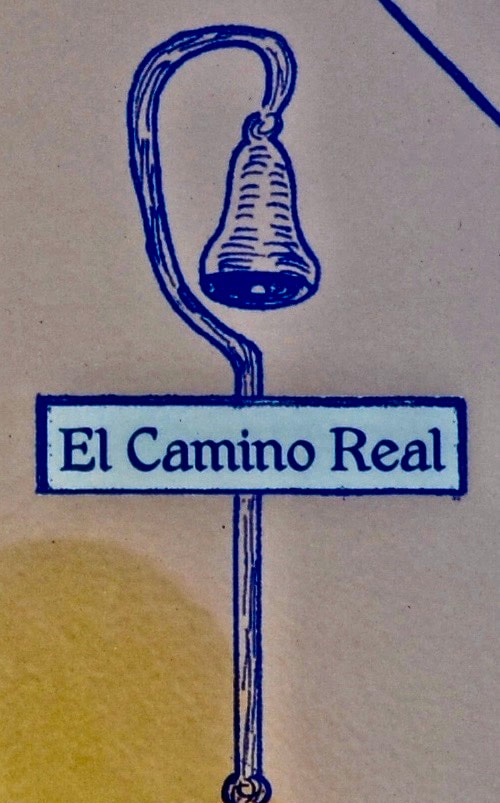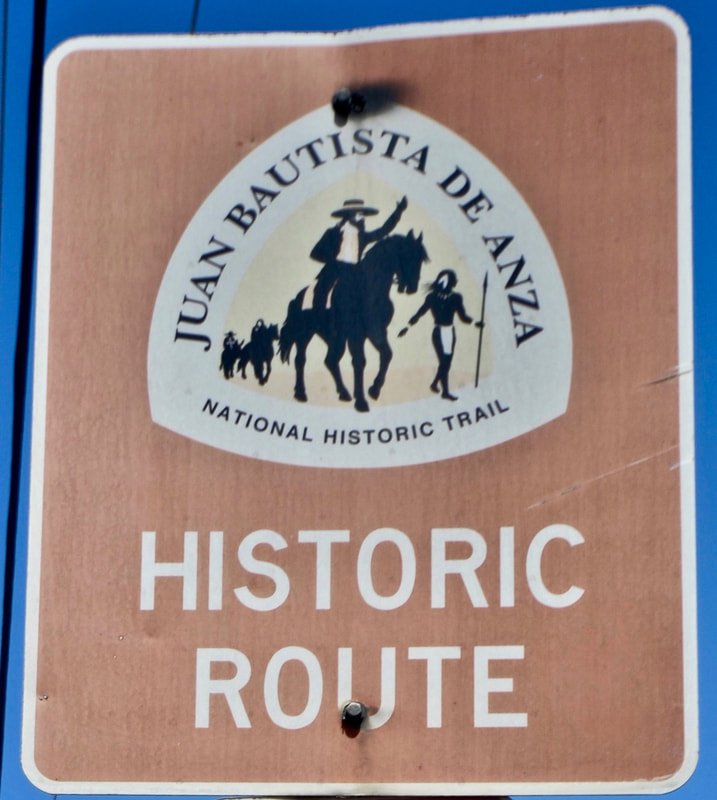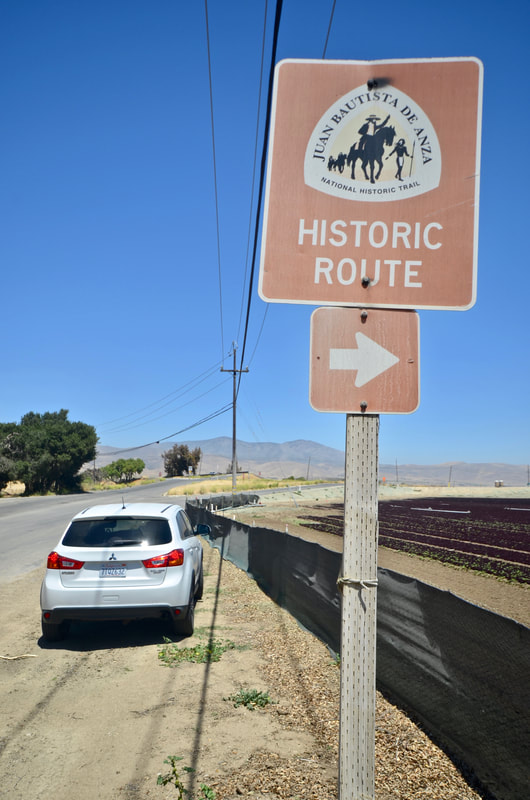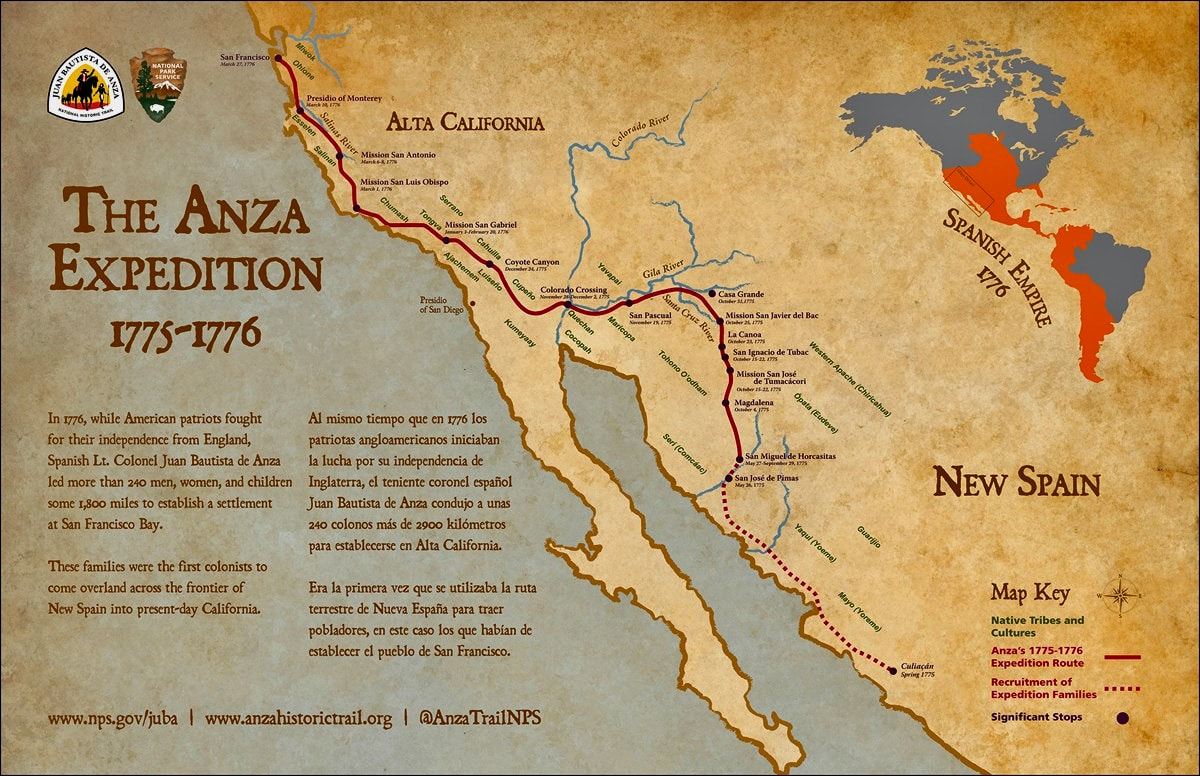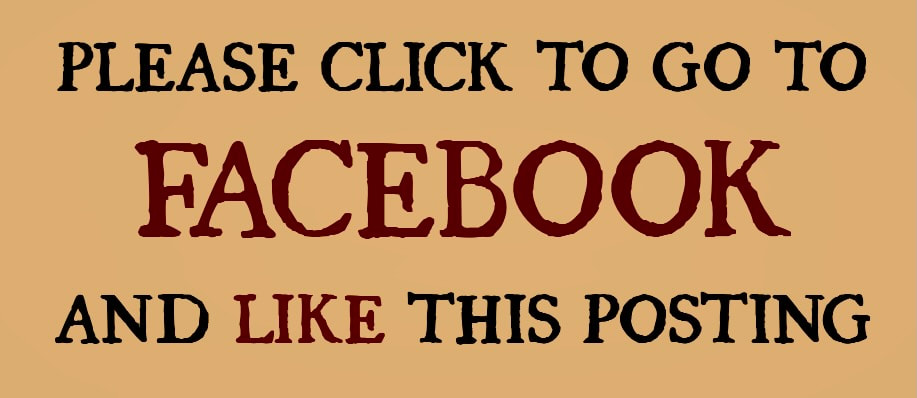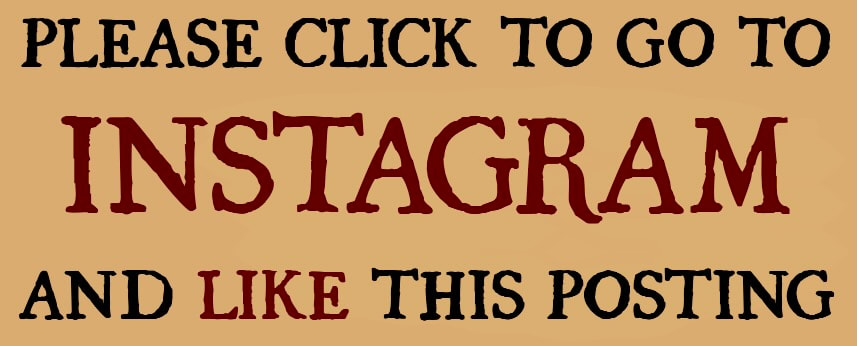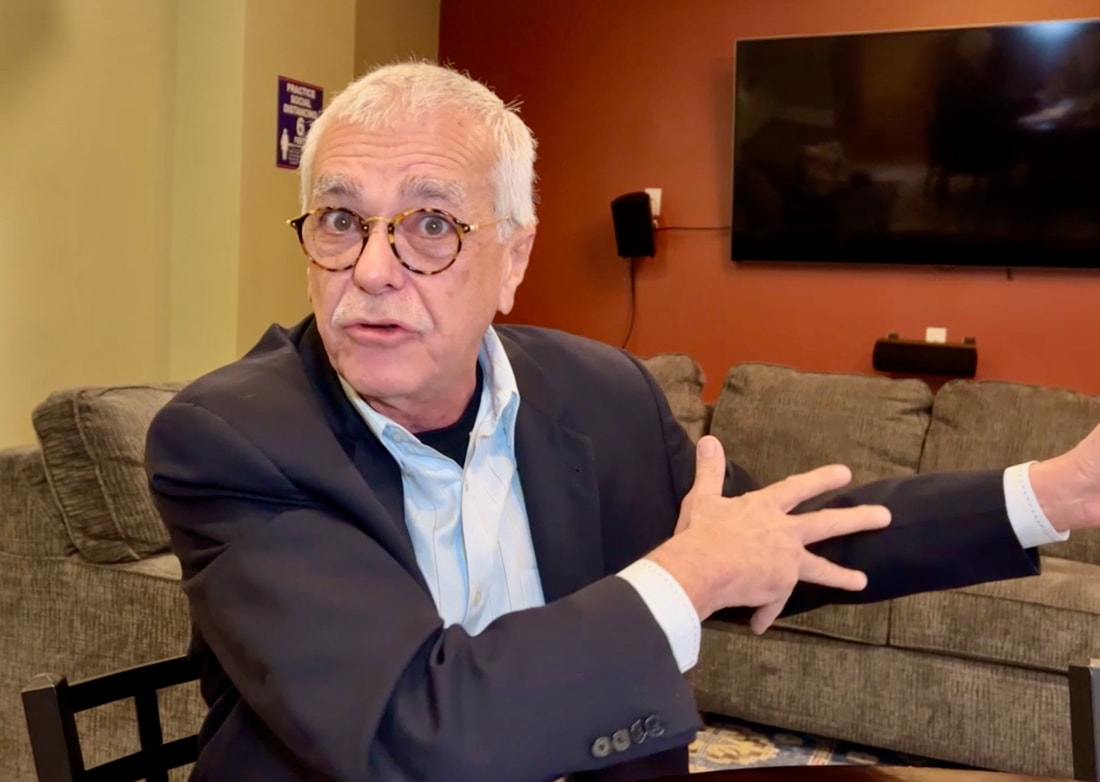108. California's El Camino Real
A journey through Hispanic American history
|
By Miguel Pérez
Every time I go on one of my history tours, I feel like I'm traveling back in time, following 16-18th centuries maps on 21st century highways. But nowhere is that feeling more real that in California! It's impressive. California doesn't let you forget you are traveling on El Camino Real. If you are traveling north or south on some of the state's major coastline highways, you are constantly being reminded that you are on a road with a history that dates back to the Spanish missionaries of the 1700s, the road that still connects the 21 missions, four presidios, and several pueblos (now major cities) they built more than two centuries ago. And they don't remind you in a subtle way. They have the most impressive roadside markers I have ever seen! These roads are lined with cast metal bells that hang from 11-foot tall poles shaped like a shepherd's crook! The bells are similar to the ancient bells you see at the Spanish missions. The poles are modeled after the "Franciscan walking stick" used by Father Junípero Serra, founder of the first nine California missions and pioneer traveler on this dusty trail that eventually became major city streets and highways. Stretching more than 600 miles (966 kms) - from San Diego in the south to Sonora in the north - El Camino Real (The Royal Road), also known as "The California Mission Trail," or "The King's Highway," is the road traversing the state through the heart of its largest cities, which also happen to be Spanish in origin. Some of those cities first started as Spanish missions, pueblos or presidios (forts), and the road still connecting them was first established by Franciscan padres, Native Americans and Spanish soldiers who worked together to create a safe passage through California in the late 18th and early 19th centuries. Today, -- depending on where you are in California -- El Camino Real can be a major highway or a city street. Yet, some unpaved portions of the original Spanish road have been preserved running parallel to the highways, especially near Missions San Miguel, La Purisima and San Juan Bautista. Of course, there are other "Royal Roads" connecting Spanish missions in Texas, New Mexico and Baja California, Mexico. Practically every road built under the jurisdiction of Spanish royalty was called Camino Real, even if it also had another name. But in showcasing the historic Hispanic heritage of this road, no one beats California! If you live in California, you probably take these distinctive bells for granted. But if you are a visitor driving on El Camino Real, "Wow," you see them every few minutes! You want to know more about them and what they represent! Well, the bells remind you that these major modern highways were once merely mule, horse and eventually stagecoach trails. Although the route originated at Misión San Bruno, in Baja California Sur, Mexico and began by linking Spanish religious outposts throughout present-day Baja California since 1683, the path of present-day California was created by the 1769-70 Gaspar de Portola expedition from San Diego to Monterey Bay. Portola’s path was then followed by missionaries, soldiers and colonists until it became a dusty trail that connected pueblos, forts and California’s 21 Spanish missions. In fact, the missions were built – from 1769 to 1834 – along El Camino Real, and about one long day’s horseback ride from each other (about 30 miles). Like today’s motel rest stops on the highways, by the 1820s, the path was a horse and mule “mission trail” where travelers were offered lodging and hospitality by Spanish padres and Native Americans, who even maintained the road that led to their Catholic settlements. This lasted on until 1834. That was when the Mexican government, a few years after gaining independence from Spain, confiscated the mission properties, exiled the Franciscan missionaries, and sold the land that was supposed to be returned to Native Americans. And so, the once hospitable lodging outposts for travelers fell into neglect. And yet the road that connected them kept thriving, as by then it was serving as the link between California pueblos. By the 1850s, when California was an American state, the El Camino Real served as the north-south stagecoach route. Until that time, the trail was not marked by standardized road signs, but by Christian crosses sporadically carved on tree trunks by the side of the road. An example of one such tree trunk can be seen at the museum of Mission San Miguel Arcangel (see photo). "The bark grew back, and the cross was lost until the day the tree fell (near Paso Robles)," the exhibit explains, "and the cross was found on the inside." Ironically, although Mexico abandoned the missions and stopped calling its roads Camino Real when it won its independence from Spain in 1821, the missions and the roads regained their Spanish heritage after California became part of the United States! It was the "mission revival movement" of the early 1900s that not only restored the missions but also inspired the idea for the roadside bells. At a time when there were no other standardized road signs, and when Spanish mission iconography was actually used to promote California, it was decided that bells would serve as appropriate road markers, especially because bells had been an important part of mission life -- used to announce the time for meals, work time, Mass, and special occasions. The road marker project, started by the California Federation of Women's Clubs since 1902, did not come to fruition until 1906, when the first 450 bells were unveiled at the plaza near Olvera Street, next to Our Lady Queen of Angels Catholic Church, in downtown Los Angeles. Over the years, various civic groups took turns maintaining the bells -- until the state took control over them in 1933. And while the bell markers dwindled over time due to vandalism, many were replace or restored in 1996, and again 555 more bell markers were added in 2005! The original 1906 bell molds were used to fabricate the replacements. keep up with the passing of time |
En Español:
|
Juan Bautista de Anza
|
Next: The Great Hispanic American History Tour treks north on El Camino Real to

